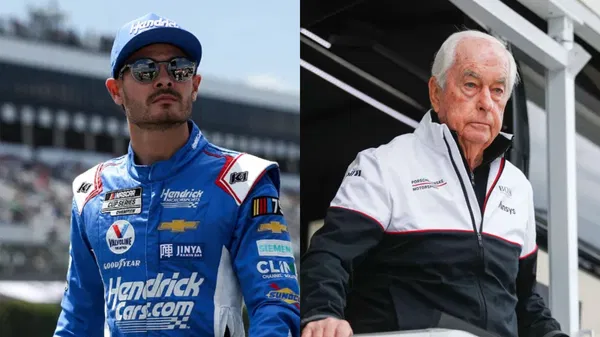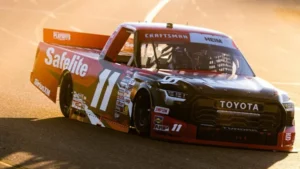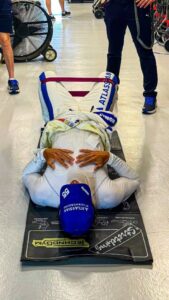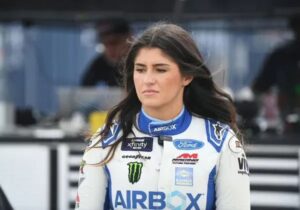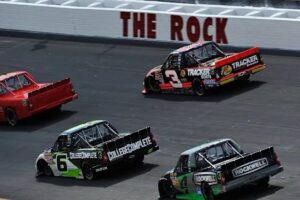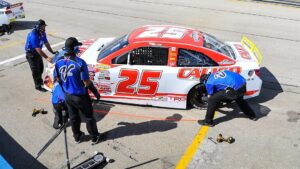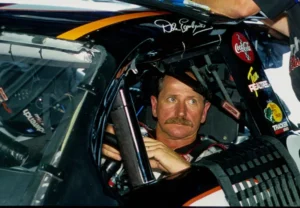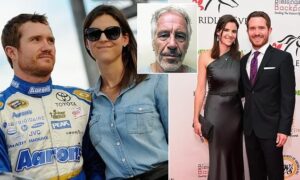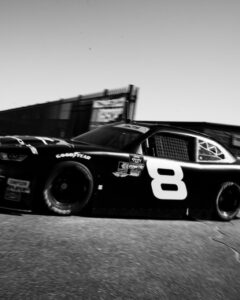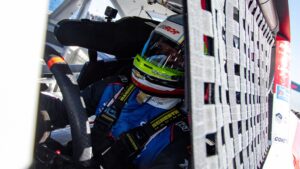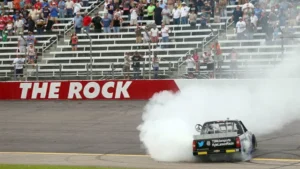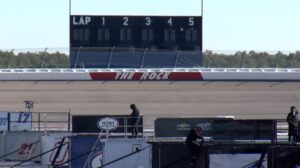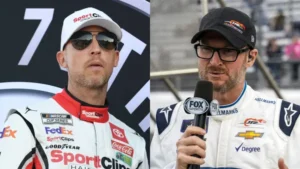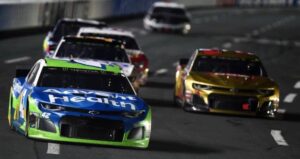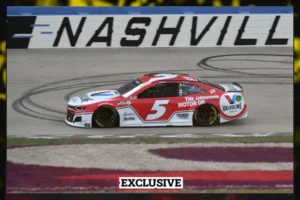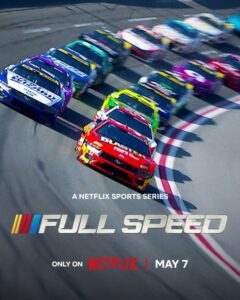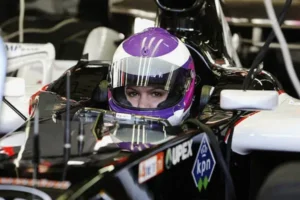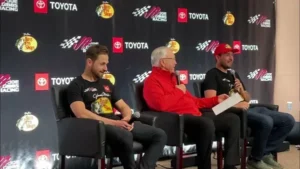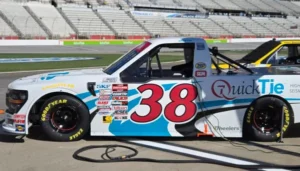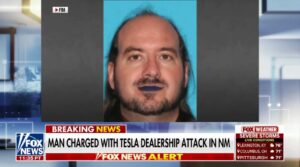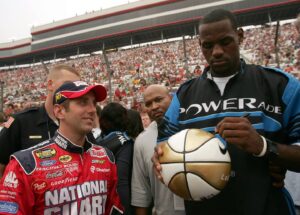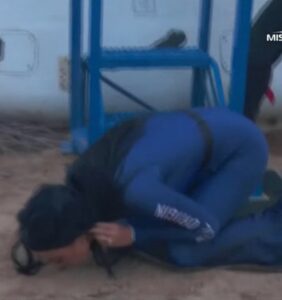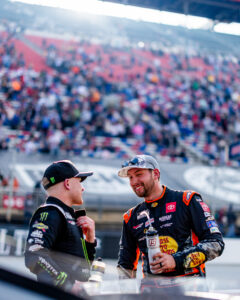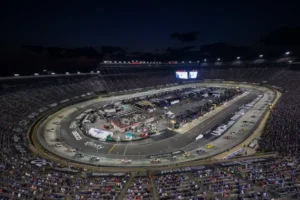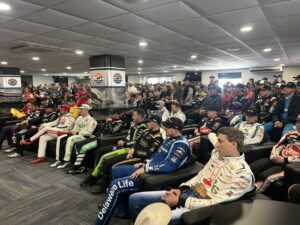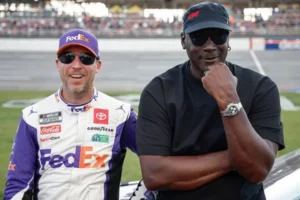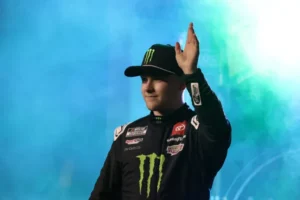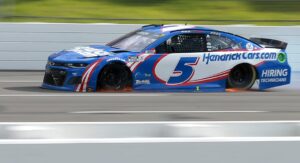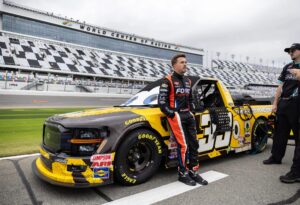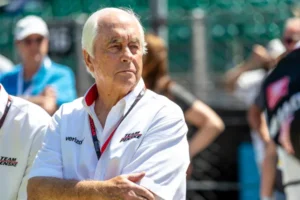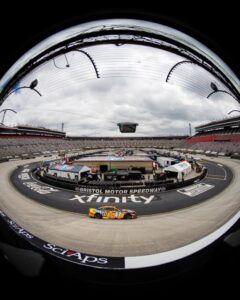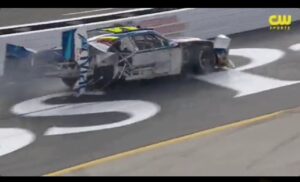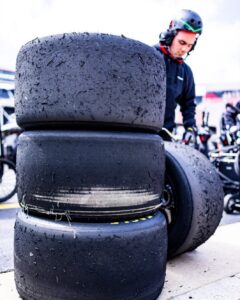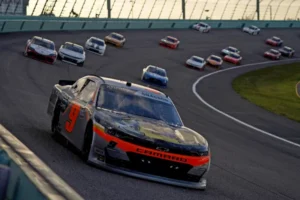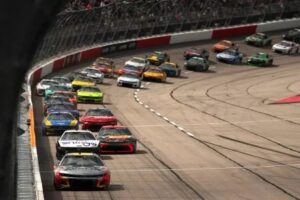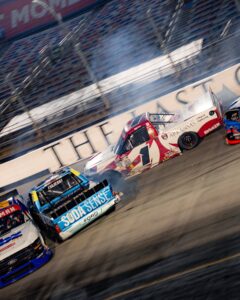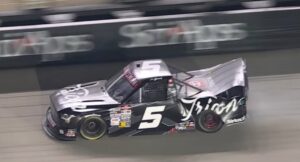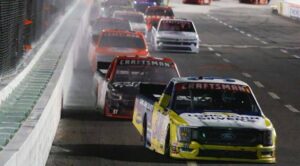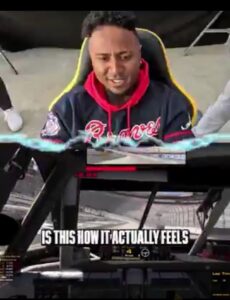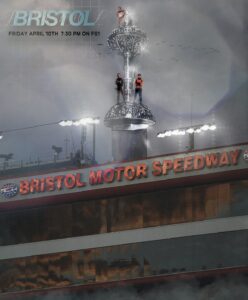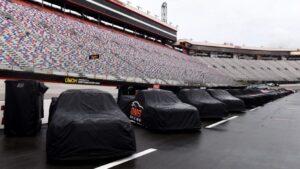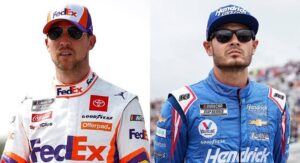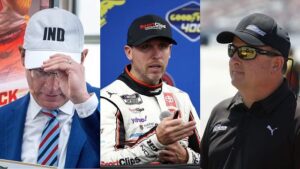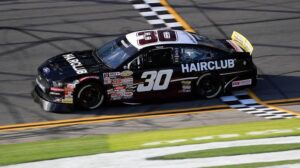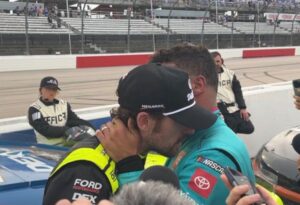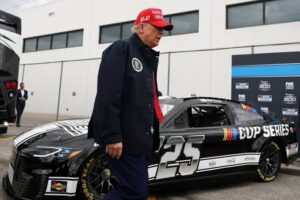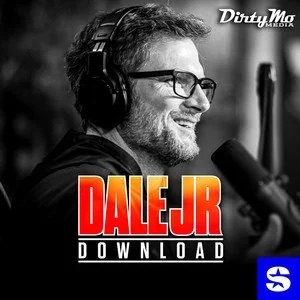A recent controversial incident involving NASCAR star Kyle Larson has spilled over into the IndyCar Series, leaving fans scratching their heads and series owner Roger Penske enacting swift regulatory changes. Dubbed the “Larson Rule,” the new regulation aims to curb aggressive driving tactics after Larson’s bold maneuvers during last weekend’s IndyCar race at Iowa Speedway sparked heated debate.
The Incident That Changed the Game
Larson, a 2021 NASCAR Cup Series champion and part-time IndyCar competitor, made waves during his second IndyCar start of the season. On a late-race restart, the Hendrick Motorsports driver executed a daring three-wide pass on the inside of Turn 1, squeezing between championship contenders Josef Newgarden and Pato O’Ward. While the move secured Larson a podium finish, it triggered a chain-reaction collision behind him, collecting four cars and drawing criticism from veteran drivers.
IndyCar officials initially deemed the maneuver legal under existing rules, which permit aggressive defending and passing. However, Roger Penske, chairman of IndyCar and owner of Team Penske, intervened post-race, calling for an immediate review. “We celebrate hard racing, but there’s a line between competitive and compromising safety,” Penske stated. “Kyle’s move, while technically within bounds, exposed a gap in our regulations that we’re addressing to protect all competitors.”
What Is the “Larson Rule”?
Effective immediately, the new regulation prohibits drivers from initiating three-wide passes on corners with banking above 10 degrees—a common feature at ovals like Iowa and Texas. Violators will face drive-through penalties or post-race time adjustments. The rule also mandates stricter enforcement of “unsafe re-entry” protocols, requiring drivers to yield positions if deemed to have caused avoidable contact.
Mixed Reactions From the Racing World
NASCAR fans flooded social media with confusion, arguing that Larson’s move exemplified the “rubbin’ is racing” ethos common in stock car circles. “Since when is being aggressive a crime?” tweeted one fan. “If this happened in Cup, they’d call it a highlight reel moment!”
IndyCar veterans, however, applauded the change. Six-time series champion Scott Dixon noted, “Our cars are lighter and more reactive. What works in NASCAR could be catastrophic here.” Larson himself acknowledged the adjustment, tweeting: “Gotta respect the rules, even if it means recalibrating my instincts. Appreciate IndyCar’s passion for keeping us all safe.”
Broader Implications
The “Larson Rule” underscores growing tensions as crossover drivers increasingly test their skills in multiple series. While Larson’s dual NASCAR-IndyCar schedule has been celebrated, the incident highlights the cultural and regulatory divides between motorsports disciplines. Analysts suggest the rule could deter future part-time entries from NASCAR, prioritizing IndyCar regulars’ familiarity with the series’ nuanced etiquette.
As the racing community debates the balance between safety and spectacle, one thing is clear: Kyle Larson’s “insanity” has left an indelible mark on IndyCar—for better or worse. The rule’s impact will be closely watched at next month’s Indianapolis 500, where Larson is slated to compete alongside his full-time NASCAR commitments.
For now, NASCAR fans may need a rulebook translation—and IndyCar traditionalists are more than happy to provide one.
